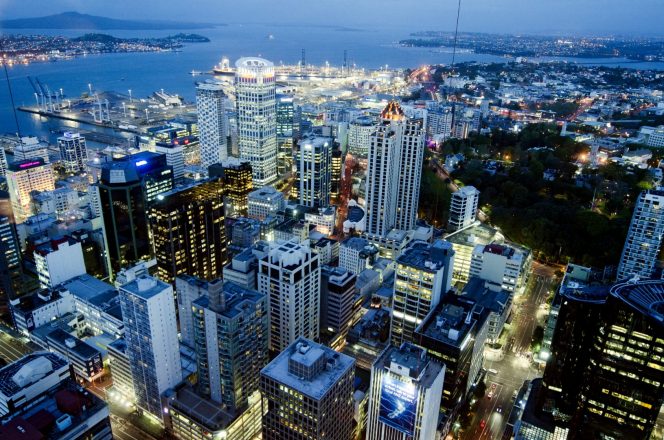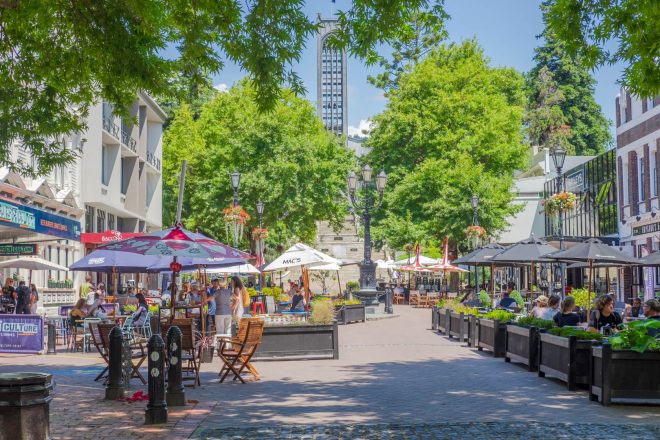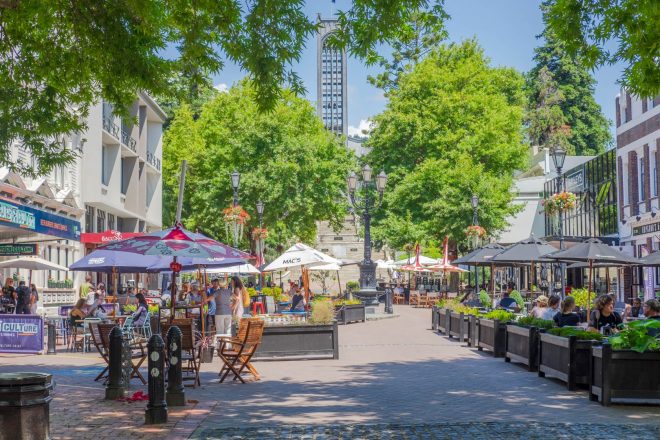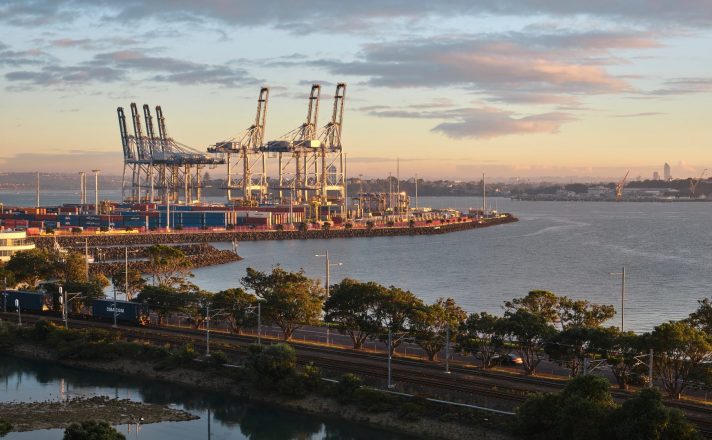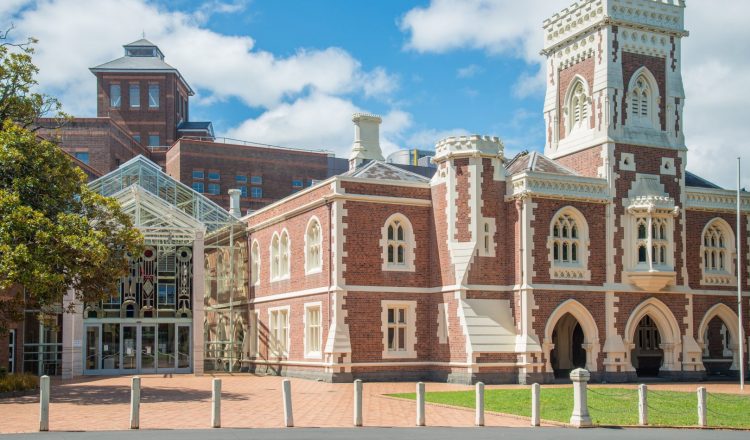ニュージーランドのビジネス環境
ニュージーランドは、2つの主な島(北島と南島)、スチュワート島(南島の最下部)、そしていくつかの小さな離島から構成されています。これらの島々の合計面積は26万8,000平方キロメートル(日本、英国、コロラド州と同程度)です。
ニュージーランドは文化的に多様な国であり、人口は約480万人です。日常言語は英語です。マオリ語はもう一つの公用語ですが、広くは話されていません。また、公式の宗教もありません。ニュージーランドには革新的で適応力のある文化があり、ニュージーランド人は「やればできる(can-do)」という姿勢で有名です。地理的には孤立していますが、旅行はニュージーランド人の精神に深く浸透しています。多くのニュージーランド人は、人生のどこかの段階で海外で仕事をし、見たものに刺激を受けて帰国します。
通貨の単位はニュージーランドドルです。ドルはすべての主要通貨に対して自由に変動します。
首都および政府所在地はウェリントン(北島の最下部)です。最大の都市はオークランド(北島の最上部)です。ニュージーランドの政府はおおむね中道で、やや左か右に傾いています。ニュージーランドは、ビジネスを行うための、最も汚職の少ない国のひとつであるという評価を誇りに思っています。ニュージーランドの気候はほとんどが温帯気候です。夏の最も暖かい時期は、通常1月から3月です。ニュージーランドの伝統的な夏休みは、クリスマスと新年の間です。多くの企業がこの期間に2週間ほど休業します。
祝祭日は以下のとおりです。
- 新年:1月1日、2日
- ワイタンギ・デー:2月6日
- イースター:復活祭の週末の金曜日と月曜日(日程は異なります)
- アンザック・デー:4月25日
- クイーンズバースデー:6月の第一月曜日
- 労働者の日(レイバー・デー):10月の最終月曜日
- クリスマス:12月25日
- ボクシングデー:12月26日
- 記念日:各州の記念日(日付は異なります)
直行便の場合、オークランドからロンドンまでは約23時間、ロサンゼルス、サンフランシスコ、北京、香港までは約12時間、シンガポール、東京までは約10時間、シドニー、メルボルンまでは約3時間となります。
ニュージーランドの景色は素晴らしく、変化に富み、汚染されていません。国の大部分は人口が少なく、一般的に優れた満足度の高い生活を享受しています。

















































